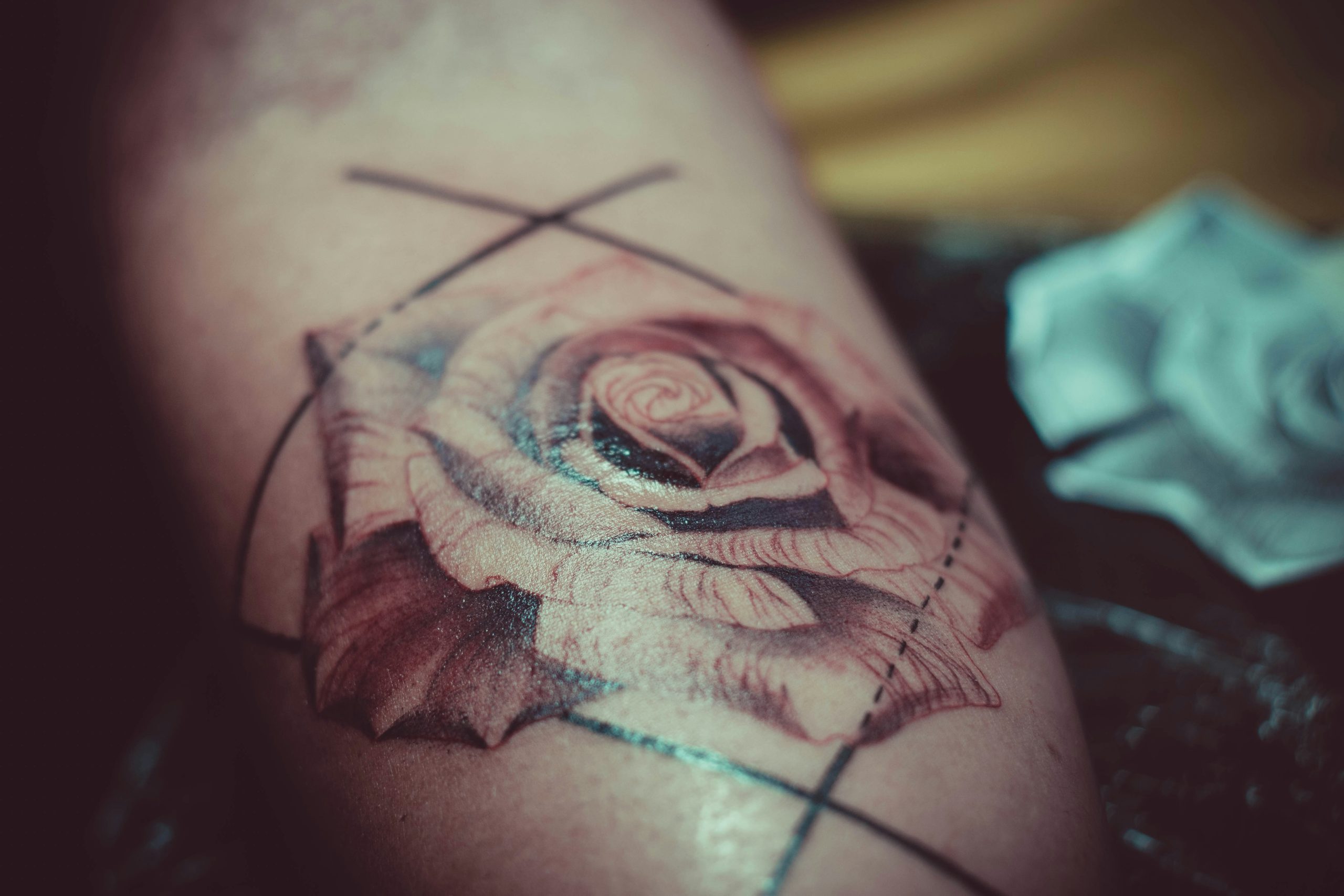Introduction
Laser tattoo removal, a popular method to erase unwanted tattoos, utilizes intense laser beams to fragment the ink particles deposited under the skin. These particles are then gradually eliminated by the body’s immune system. Despite its effectiveness, the process can be painful and may cause significant discomfort both during and after sessions. Proper management of these sensations is crucial to making the experience bearable and safe. This detailed guide explores various strategies to manage pain, tailored to individual needs and procedural phases.
Understanding the Pain Associated with Laser Tattoo Removal
Pain levels during tattoo removal can vary significantly based on several factors including the individual’s pain threshold, the tattoo’s location, size, color density, and the type of laser technology used. Typically, patients describe the pain as similar to the snap of a rubber band against the skin, or like splatters of hot grease. This pain is sharp, sudden, and although generally quick, it can be intensely uncomfortable.
Pre-Procedure Tips to Minimize Pain
1. Professional Consultation
Engage in a thorough consultation with a certified laser specialist who can outline the process and discuss the expected pain levels and ways to manage them effectively. Understanding what to anticipate can significantly ease patient anxiety.
2. Pain Management Options
Several options can help mitigate pain:
- Topical Anesthetics: Numbing creams applied to the tattoo area before the procedure.
- Local Anesthesia: Injectables that numb the treatment area more profoundly, suitable for particularly pain-sensitive patients.
- Cooling Devices: Many clinics use devices like the Zimmer Cryo 6, which cools the skin during the laser procedure to reduce pain and prevent thermal damage.
3. Hydration
Maintain good hydration levels before the treatment as hydrated skin tends to tolerate the laser better and heal faster.
4. Avoid Certain Substances
Steer clear of alcohol, caffeine, and aspirin before treatments. These substances can increase skin sensitivity and promote bleeding, potentially complicating the procedure and recovery.
During the Procedure: Techniques to Reduce Discomfort
1. Stress-Reduction Techniques
Implementing stress-reduction techniques such as deep-breathing exercises, listening to calming music, or even practicing meditation can help divert attention from the pain.
2. Advanced Cooling Machines
Utilization of advanced cooling technologies, such as the Zimmer Cryo 6, which administers chilled air at -30 degrees Celsius directly to the skin being treated, can significantly alleviate pain and reduce the likelihood of thermal injuries.
3. Taking Breaks
Do not hesitate to ask for short breaks during the session if the pain becomes overwhelming. Most technicians are willing to accommodate such requests to increase patient comfort.
Post-Procedure Care for Minimizing Discomfort
1. Ice Packs
Applying ice packs immediately after treatment can greatly reduce swelling and numb the discomfort. Always wrap the ice packs in cloth to avoid direct contact with the chilled surface.
2. Over-the-Counter Pain Relievers
OTC pain relief medications, such as acetaminophen or ibuprofen, can be used post-procedure to manage pain. Consult with the technician or a healthcare provider on the best choices.
3. Loose Clothing
Wear soft, loose-fitting clothing around the treatment area to avoid irritation from fabric rubbing against sensitized skin.
4. Avoid Sun Exposure
Keep the treated area shielded from the sun. UV exposure can exacerbate pain and inflammation and may hinder the healing process.
5. Moisturizers and Healing Ointments
Use prescribed or recommended moisturizers and ointments to facilitate healing and soothe the skin. Products containing aloe vera or vitamin E are particularly beneficial.
6. Hydration
Continue to drink plenty of fluids after the procedure. Hydration is crucial for efficient ink particle removal and overall recovery.
Long-Term Care Strategies
1. Follow-Up Treatments
Adhere to the prescribed follow-up treatment schedule meticulously. These sessions are essential for optimal results and should be spaced properly as advised by your specialist.
2. Skin Care Routine
Maintain a gentle skin care routine for the treated area. This routine should include washing with mild soap, applying moisturizers, and using sunscreen to protect the area from UV exposure.
3. Monitor the Skin
Regularly inspect the treated area for any signs of infection or unusual reactions. Promptly report any adverse signs to your treatment provider to address them quickly.
Conclusion
Effectively managing pain and discomfort during and after laser tattoo removal enhances the overall experience and outcomes. With adequate preparation, appropriate in-session strategies, and diligent post-procedure care, patients can significantly mitigate pain and facilitate a smoother recovery. Always follow the tailored advice of your tattoo removal specialist and explore all available pain management options before starting treatment.
Ready to learn more about getting your tattoo removed? Book a FREE consultation and get 4 sessions for the price of three by mentioning our new client special.




